Human evolution has been influenced by language, which has also facilitated discussion as a way of communication. Before the development of language, humans communicated mostly through hand gestures and early mouth sounds. The concept of languages emerged about 10,000 years ago, changing the course of human history.
There are many languages spoken around the world, but only a few are still spoken and used today. Currently about 7000 languages are spoken around the world. Even determining which languages are the oldest in the world is a challenge for many academics. You will be surprised to know that there are many languages still in use today that have been around for more than 400 or even 4000 years.
1. Sumerian
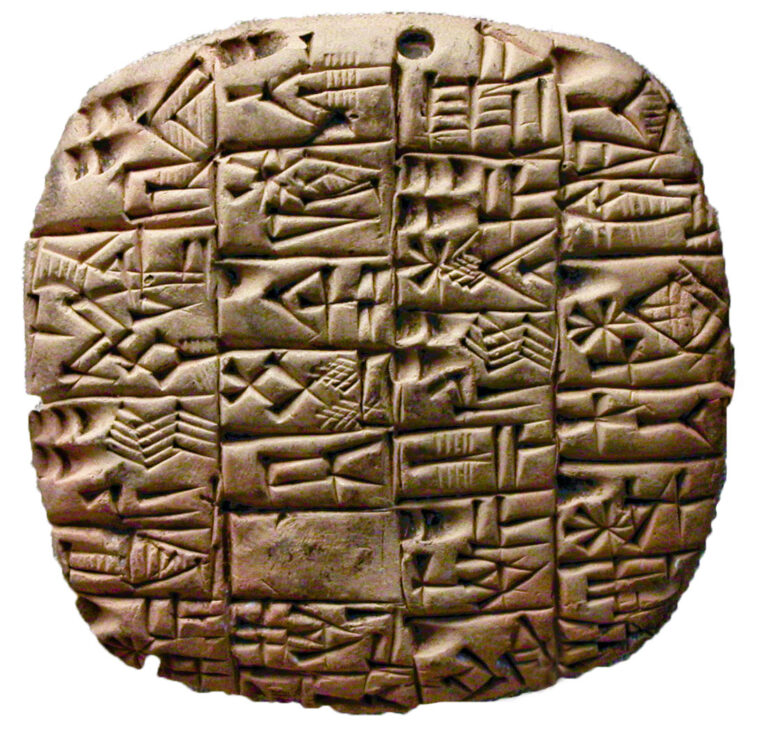
Sumerian is one of the world’s oldest known languages, originating in ancient Mesopotamia (modern-day Iraq) around 3500 BCE. It was written using cuneiform script on clay tablets. Sumerian civilization, with its advanced city-states like Ur and Uruk, made significant contributions to agriculture, mathematics, and governance. The Sumerian language influenced neighboring Akkadian and later Semitic languages. Over time, it evolved and eventually disappeared as a spoken language, surviving mainly in religious and scholarly contexts. The study of Sumerian texts has been crucial in understanding the history and culture of the ancient Mesopotamian civilization.
2. Egyptian
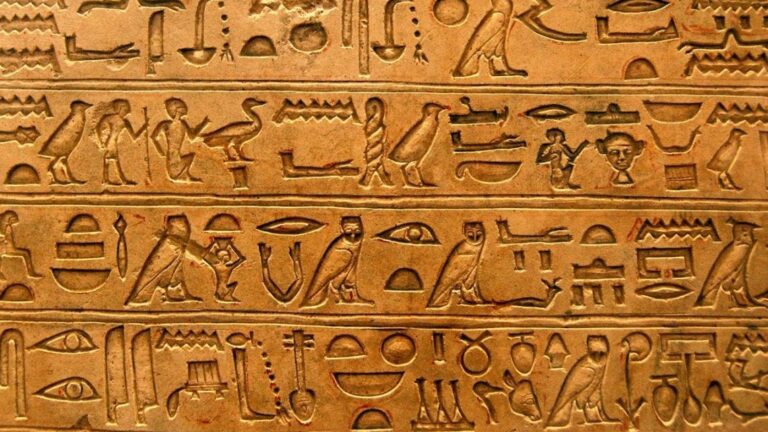
The Egyptian language is one of the world’s oldest languages, dating back to around 3100 BCE in ancient Egypt. It is famous for its hieroglyphic script, initially used for religious inscriptions and later for monumental texts like the pyramids’ inscriptions. The language evolved over millennia, leading to different phases such as Old Egyptian, Middle Egyptian, Late Egyptian, and Coptic. Ancient Egypt’s rich literary tradition, including the Pyramid Texts and the Book of the Dead, provides insights into their beliefs and culture. Coptic, a later form of Egyptian, continued to be spoken as a liturgical language in the Egyptian Christian Church, though it is no longer in common use.
3. Akkadian
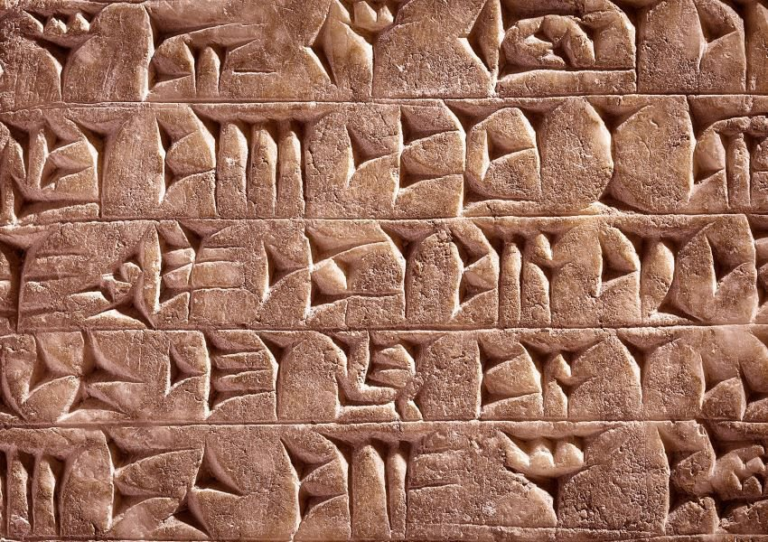
Akkadian is an ancient Semitic language originating around 2800 BCE in Mesopotamia (modern-day Iraq and parts of Syria, Turkey, and Iran). It became the lingua franca of the region, used for administrative, religious, and literary purposes. The Akkadian Empire, led by Sargon the Great, played a significant role in its spread. Akkadian is written in cuneiform script on clay tablets, and its earliest known form is Old Akkadian. Later, it evolved into Babylonian (Akkadian dialect) and Assyrian (another Akkadian dialect). Akkadian was a crucial language in the ancient Near East, influencing the development of other Semitic languages and aiding in historical documentation.
4. Elamite
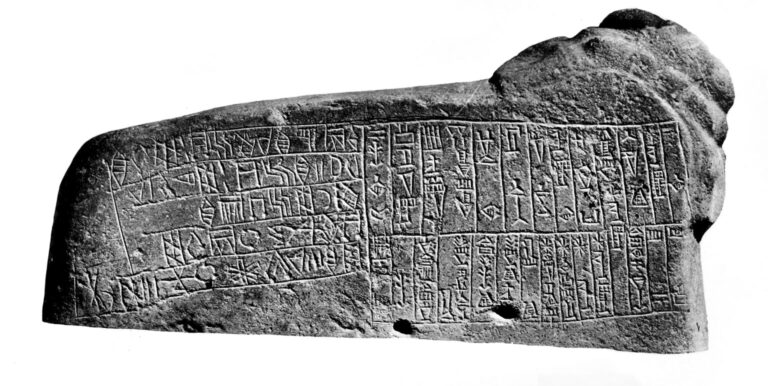
Elamite is an ancient language of southwestern Iran, with origins dating back to around 2500 BCE. It was written using the Elamite script, which remains undeciphered in large part. Elamite civilization coexisted with Mesopotamia and played a significant role in regional politics and trade. It left behind inscriptions, such as the Behistun Inscription, which provided valuable historical information. Over time, Elamite was influenced by neighboring languages like Akkadian. As Elamite culture declined, the language ceased to be spoken, surviving only in inscriptions. The mystery of the undeciphered script and limited textual evidence make Elamite a challenging subject of study for linguists and historians.
5. Tamil

Tamil is one of the world’s oldest living languages, with roots dating back over 2,000 years in South India and Sri Lanka. It is a Dravidian language, distinct from the Indo-Aryan languages spoken in other parts of India. Tamil has a rich literary tradition, including classical Sangam poetry, and has influenced the development of South Indian culture and civilization. Despite external influences over the centuries, Tamil has maintained its unique character. It is not only a spoken language but also a classical language of literature and scholarship. Today, Tamil is widely spoken in South India, Sri Lanka, and Tamil diaspora communities worldwide.
6. Chinese
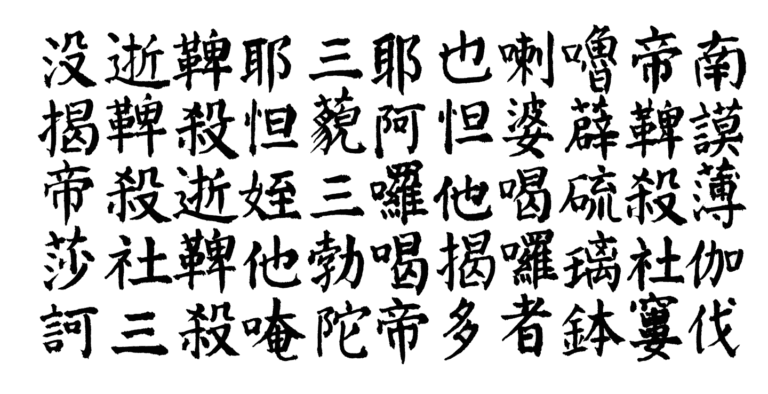
The Chinese language has a rich history dating back thousands of years. Its earliest written records, in the form of oracle bone script, date to the Shang dynasty (c. 1600-1046 BCE). Over time, the language evolved, leading to various historical forms, including Classical Chinese, used for literature and formal communication. Modern Chinese is mainly based on Middle Chinese, which developed during the Tang dynasty (618-907 CE). Mandarin, one of its major dialects, became the standard language in China. Chinese characters, ideograms representing words or concepts, have played a crucial role in the language’s continuity. Today, Chinese is the most widely spoken language globally.
7. Hebrew

8. Sanskrit
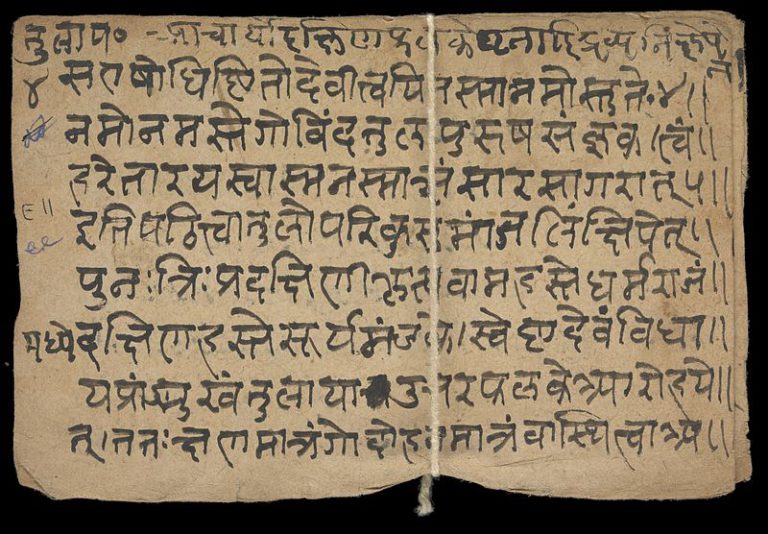
9. Greek
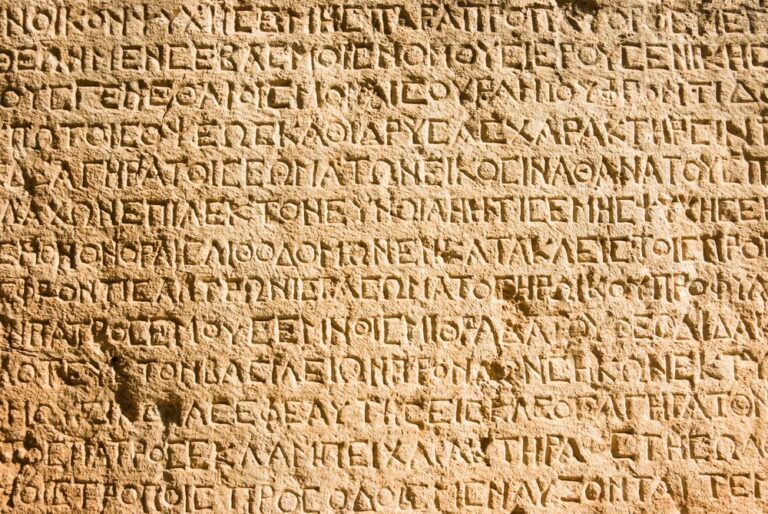
The Greek language boasts a history spanning over 3,000 years. Ancient Greek, with its earliest known texts from the 9th century BCE, played a vital role in the development of Western literature, philosophy, and science. It is divided into three major periods: Archaic, Classical, and Hellenistic. Alexander the Great’s conquests spread Greek culture and language across vast territories, leading to the emergence of Koine Greek, a common dialect. In the Byzantine Empire, Greek continued to evolve. Modern Greek, the language spoken today in Greece and Cyprus, derives from Byzantine Greek. Greek’s legacy endures as a foundation of Western civilization.
10. Hittite
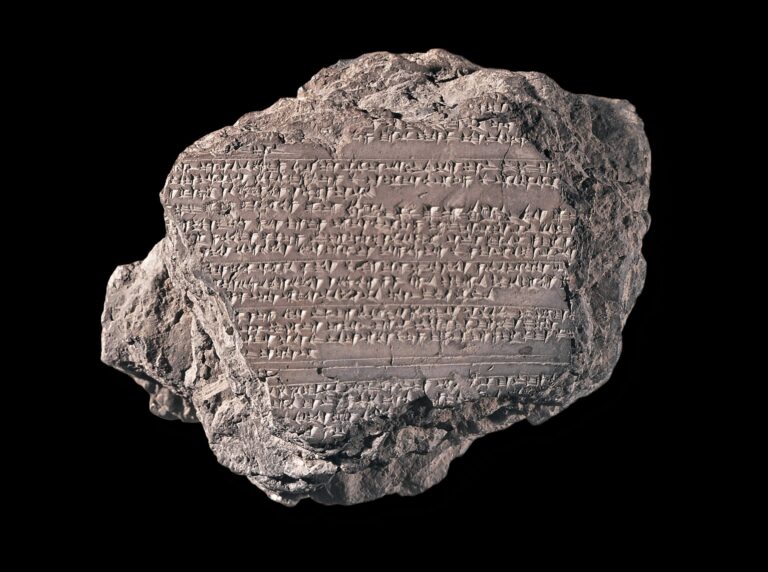
Hittite is an ancient Indo-European language known primarily from inscriptions and clay tablets discovered in the Hittite Empire, which thrived in Anatolia (modern-day Turkey) during the second millennium BCE. It’s one of the earliest attested Indo-European languages, with texts dating back to around 1600 BCE. Hittite employed cuneiform script initially borrowed from Mesopotamia, later evolving into a distinct Anatolian script. The Hittite Empire played a significant role in ancient Near Eastern history, with Hittite treaties and religious texts providing valuable insights. The language eventually disappeared, but its study has contributed to our understanding of Indo-European linguistic and historical developments.
